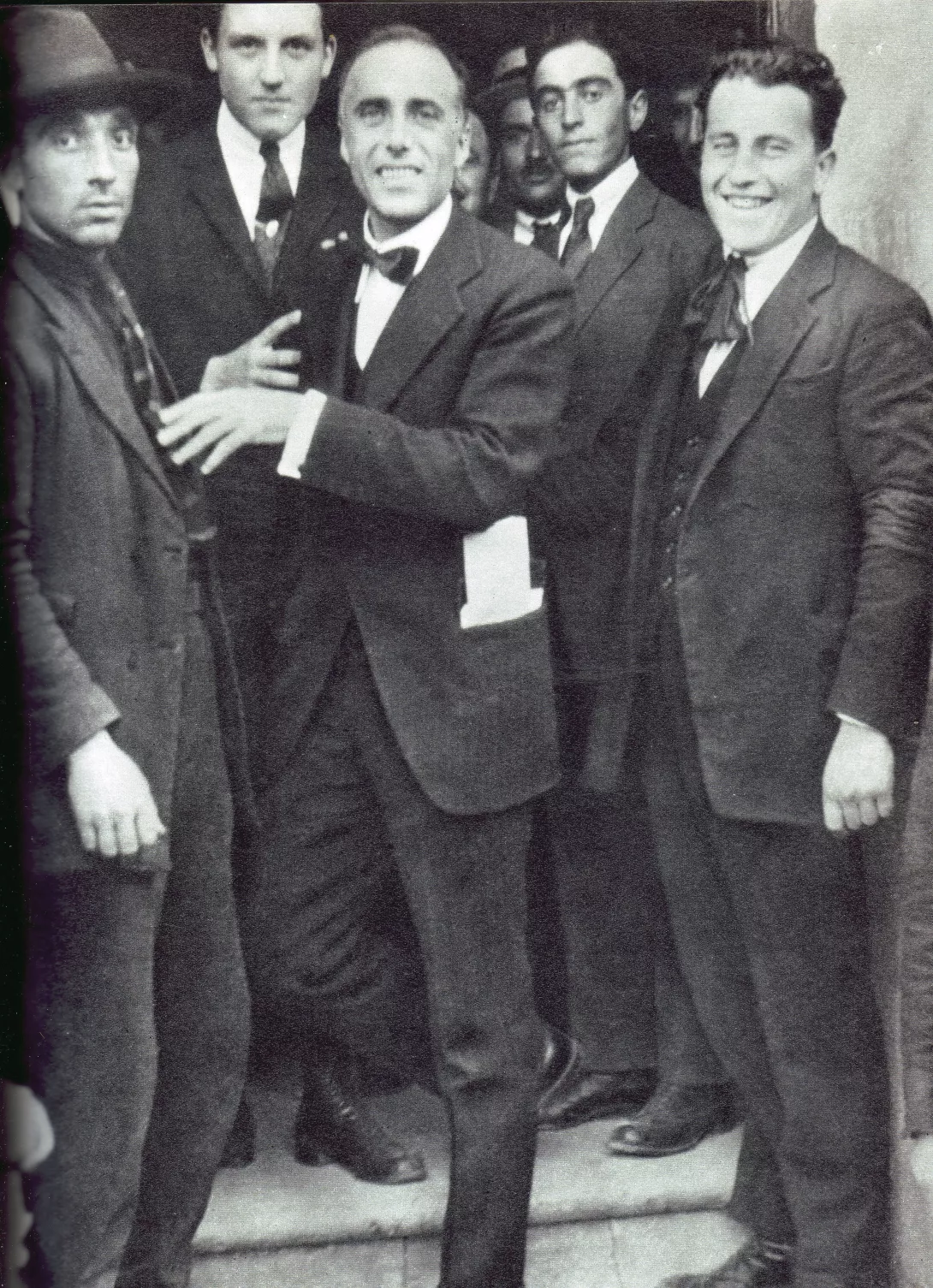November 1922: when Mussolini's fascists marched through London
ALFIO BERNABEI looks back to when emigrant Blackshirts openly paraded through London to Westminster Abbey, tolerated by the Tory government and accepted by much of the mainstream press as a legitimate political movement in power in Italy

THE March on Rome on October 28 1922 by Mussolini’s armed militia was followed a few days later by another fascist march, this time in London.
On the afternoon of Saturday November 4 1922, Italian Blackshirts gathered outside 25 Noel Street in Soho. “Hundreds” were expected, according to a report in the Daily Herald. Among those present were members of the “squadre d’azione del fascio” or “action squads.” They belonged to Mussolini’s National Fascist Party’s London branch, set up in November 1921 with offices at 13 Store Street.
The Blackshirts prepared to march across Piccadilly all the way to Westminster Abbey under the command of Captain Gelmetti.
More from this author

ALFIO BERNABEI presents evidence that it was the Italian Socialist MP’s attempt – weeks before his death – to build an anti-fascist platform in Britain that cost him his life, as he vainly sought to prevent Italy from falling into dictatorship

Historian ALFIO BERNABEI tells the remarkable story of how Sylvia Pankhurst and Silvio Corio railed against the fascist ‘camorra’ in Clerkenwell’s Little Italy in the aftermath of Mussolini’s seizure of power

ALFIO BERNABEI looks back 100 years to a key turning point in the emergence of fascism
Similar stories

The mobilisation in 1936 of 30,000 anti-fascists to drive Sir Oswald Mosley and his Blackshirts out of Leeds has been commemorated in the city, reports PETER LAZENBY

ALFIO BERNABEI presents evidence that it was the Italian Socialist MP’s attempt – weeks before his death – to build an anti-fascist platform in Britain that cost him his life, as he vainly sought to prevent Italy from falling into dictatorship

ANGUS REID speaks to Mark Cousins about his documentary The March On Rome, commissioned in Italy, about Italian fascism then and now










